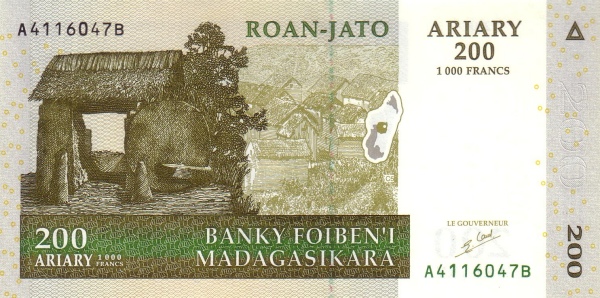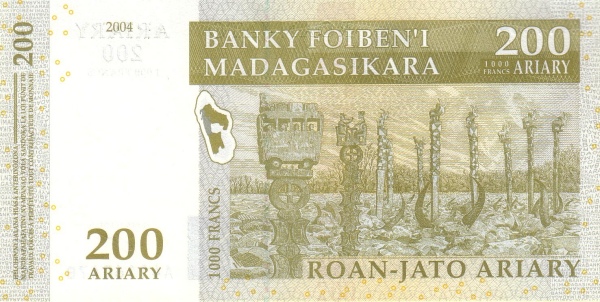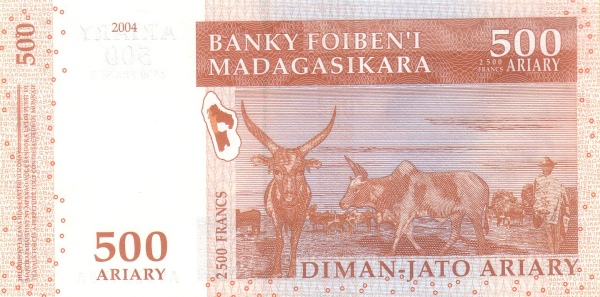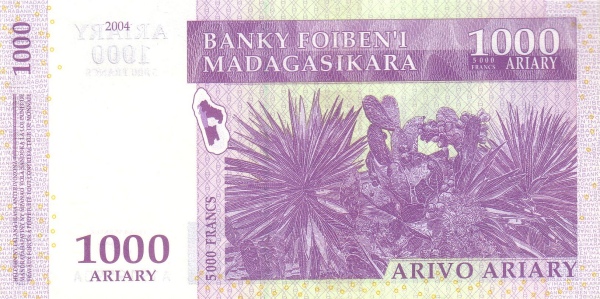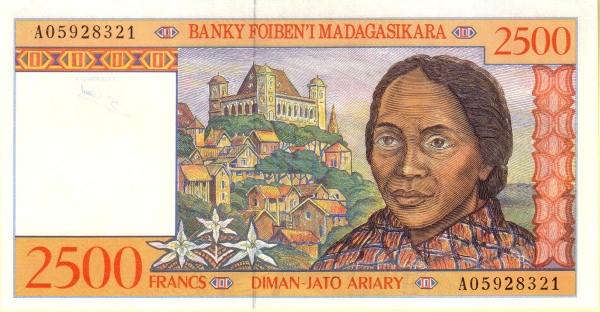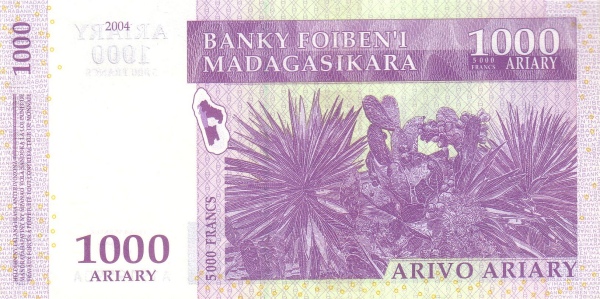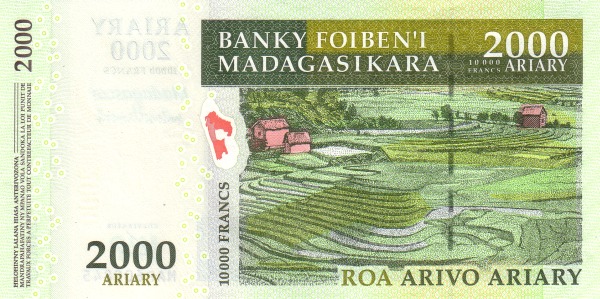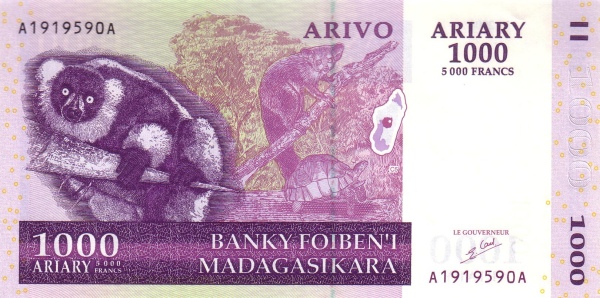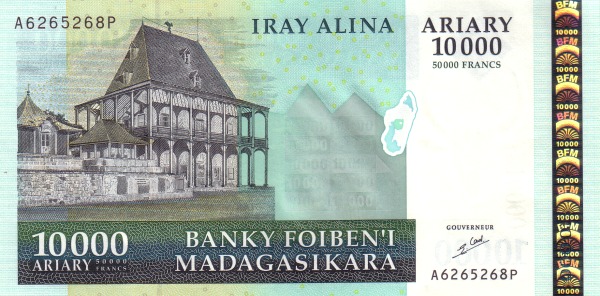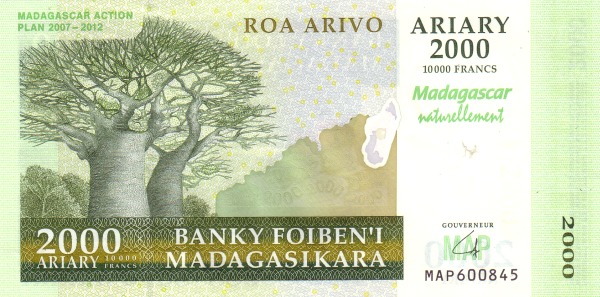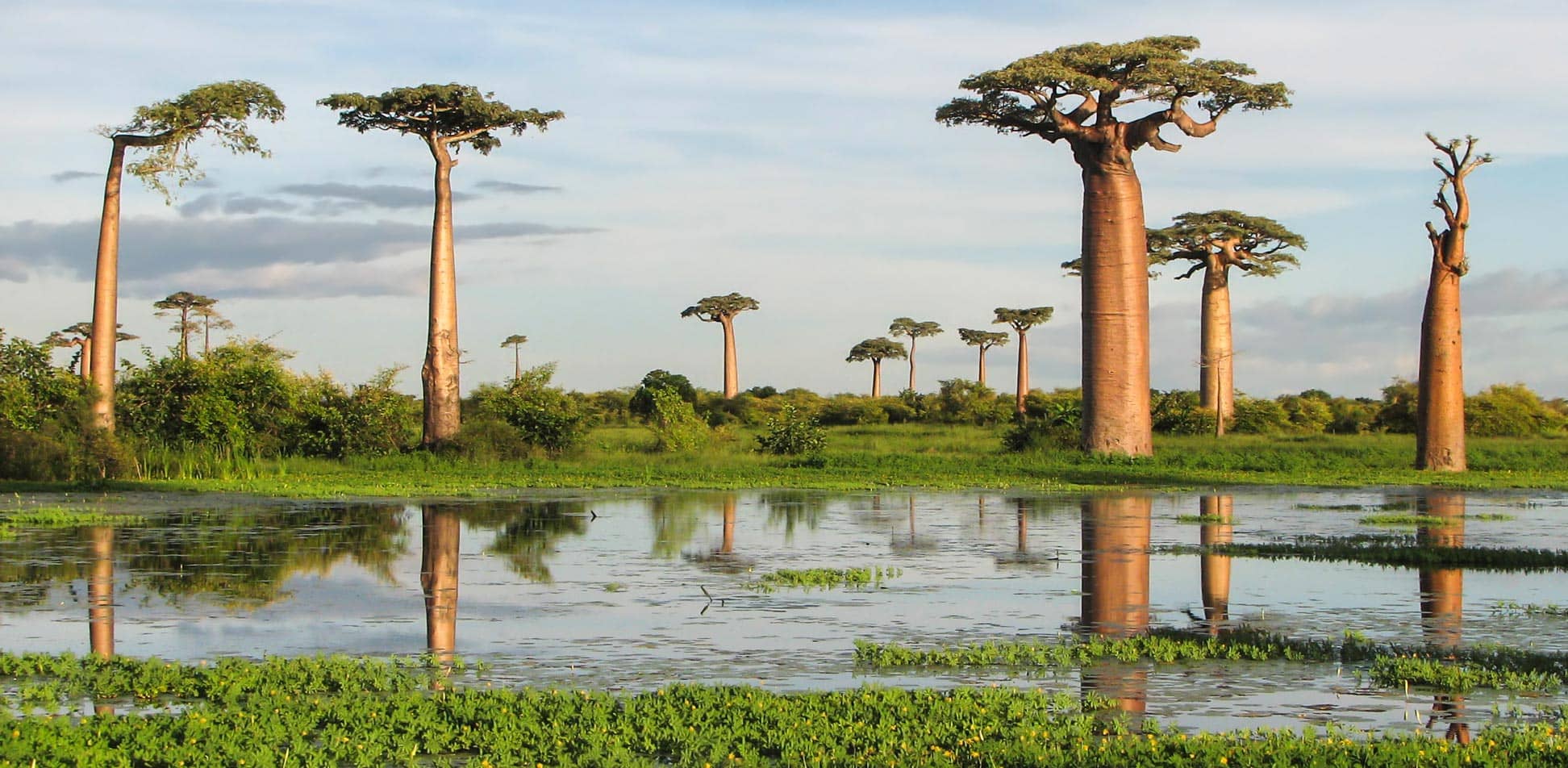Explore the Wonders of Madagascar
Madagascar, renowned for its stunning biodiversity and unique ecosystems, stands out as Africa's largest island. Located approximately 420 kilometers (260 miles) east of Mozambique, Madagascar is separated from the African mainland by the Mozambique Channel. This beautiful island nation shares maritime borders with several countries, including Comoros, Mayotte, Réunion, Mauritius, Mozambique, and Seychelles.
A Glimpse into Madagascar's Geography
As the fourth-largest island in the world, Madagascar boasts an area of 587,041 km², making it slightly larger than France and about twice the size of Arizona in the U.S. Its geographical isolation for around 80 million years has led to the evolution of a multitude of plants and animals that exist nowhere else on Earth. Interestingly, the island became separated from the African continent when the supercontinent Gondwana broke apart roughly 150 million years ago. This geological phenomenon initiated Madagascar's long period of isolation, allowing its flora and fauna to develop uniquely.
A Rich Tapestry of Culture and History
Madagascar is not just a paradise for nature lovers; it also boasts a rich cultural heritage. The island is home to various ethnic groups, including people of Malayo-Indonesian descent, mixed African and Malayo-Indonesian ancestry, and individuals of Arab lineage. The 20th century saw archaeological discoveries confirming that human settlers reached Madagascar approximately five centuries before European explorers 'discovered' it. Malay-Indonesian seafarers arrived around the first century CE, followed by Arab traders who established trading posts on the island in the sixth century.
The influence of European colonial powers began in earnest during the 16th century, leaving a distinct imprint on Madagascar's culture and governance. Notably, October 1958 marked the proclamation of the Malagasy Republic as an autonomous state within the French Community, culminating in full independence in June 1960. However, Madagascar's journey has not been devoid of obstacles. Like many nations that emerged from colonial rule, it faced political upheaval, including uprisings and the establishment of provisional governments. Thankfully, today, momentum is building, and the country is slowly but steadily advancing both economically and politically.
Understanding Madagascar's Political Landscape
The Government Structure
The Republic of Madagascar operates under a semi-presidential system. In this framework, the president holds significant authority as the head of state, while the prime minister serves as the head of government. Each president is elected for a five-year term and is eligible for reelection one time. This structure ensures a balance of power within the government.
The appointment of the prime minister comes from the National Assembly and requires the approval of the president. Likewise, Madagascar's bicameral parliament comprises two chambers: the Senate and the National Assembly. This dual chamber system facilitates legislative processes, ensuring that various voices within the country can be heard.
Judiciary Independence
In addition to the executive and legislative branches, Madagascar maintains an independent judiciary. This judicial system operates independently of governmental influence, ensuring fair trials and the protection of citizens' rights. Such independence is crucial in upholding justice, particularly in a nation with a complex political history like Madagascar.
The Demographic Mosaic
As of 2024, Madagascar's population hovers around 32 million. The capital city, Antananarivo, stands as a bustling hub of activity and culture. The primary languages spoken include Malagasy and French, reflecting the island's colonial history and cultural diversity. Predominantly, over 74% of the population identifies as Christian, while traditional beliefs continue to hold a significant place in the fabric of Malagasy society.
Cultural Diversity in Madagascar
The ethnic diversity of Madagascar contributes to a vibrant cultural landscape. Each group, from the Merina and Betsimisaraka to the Sakalava and Tsimihety, brings unique traditions, languages, and customs. This rich cultural tapestry is reflected in the festivals, music, dance, and art that thrive throughout the island.
Unique Ecosystems and Biodiversity
Madagascar's isolation has resulted in an exceptional variety of ecosystems. The island is celebrated as one of the world’s top biodiversity hotspots, supporting countless species of plants and animals. For instance, lemurs, which are endemic to Madagascar, capture the attention of visitors and researchers alike. This unique wildlife draws eco-tourists from around the globe, eager to explore the various national parks and reserves on the island.
Conservation Challenges and Efforts
Despite its natural beauty and extraordinary biodiversity, Madagascar faces significant environmental challenges. Deforestation, largely driven by agriculture and logging, threatens the habitats of many unique species. In response to these threats, numerous conservation initiatives have emerged, aiming to protect the island's natural resources and promote sustainable practices among local communities.
Conclusion
Madagascar shines not only for its stunning landscapes and wildlife but also for its rich cultural history and resilient population. By embracing both its unique heritage and remarkable biodiversity, Madagascar embarks on a promising path toward sustainability and vibrant growth. Visitors to this extraordinary island experience the warmth of its people, the thrill of its unique wildlife, and the beauty of its landscapes, creating memories that linger long after they depart.
Largest cities of: Madagascar
| City Name | Population | Year of foundation | |
| Antananarivo | 1,392,443 | 1625 | |
| Toamasina | 280,000 | 1897 | |
| Antsirabe | 242,000 | 1872 | |
| Fianarantsoa | 200,000 | 1830 | |
| Mahajanga | 180,000 | 1800 | |
| Diego Suarez | 160,000 | 1774 | |
| Toliara | 100,000 | 1540 | |
| Morondava | 42,000 | 1700 |
Madagascar: Money
